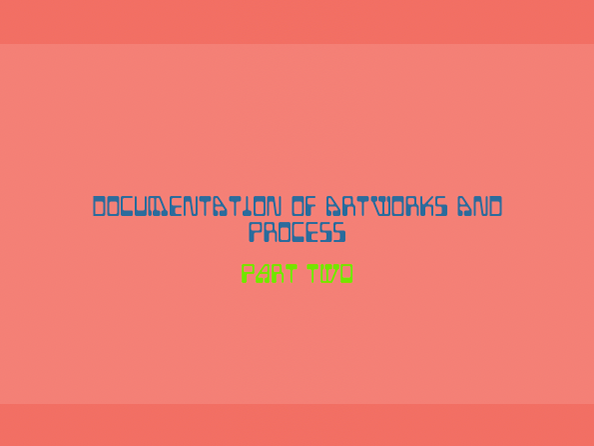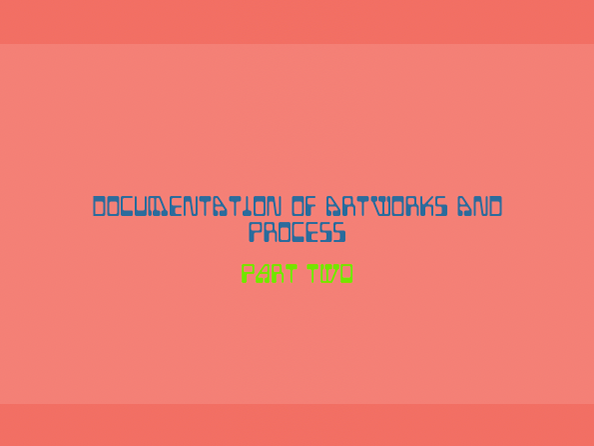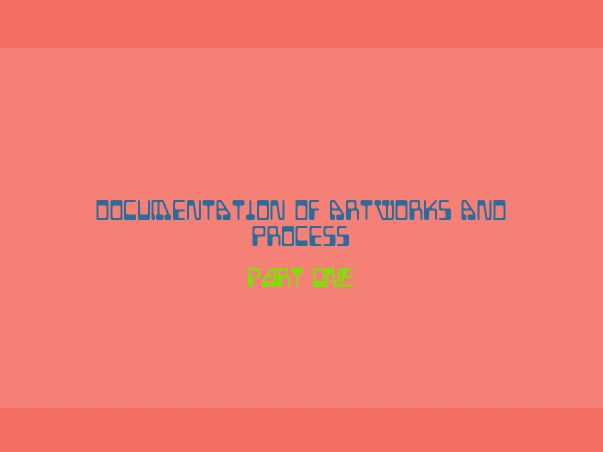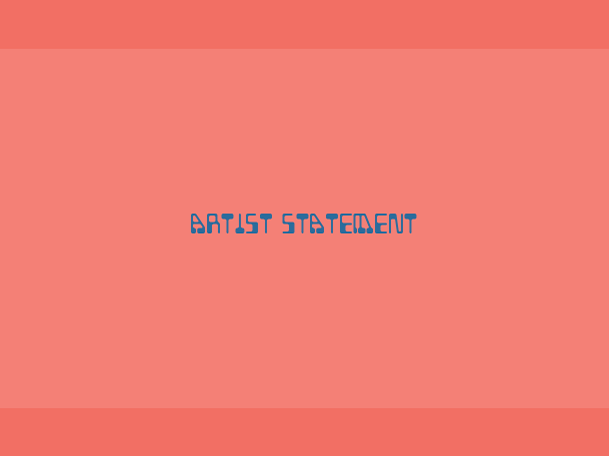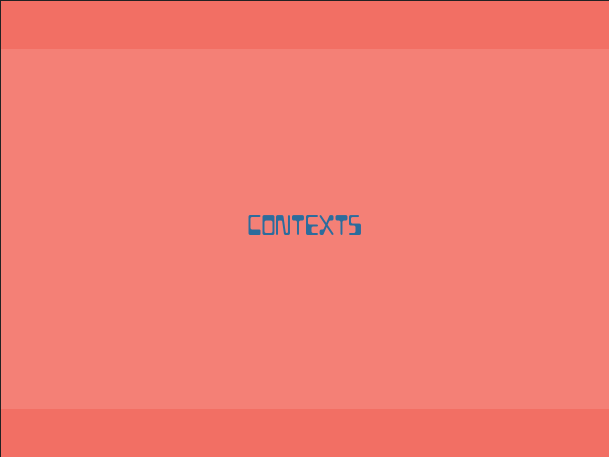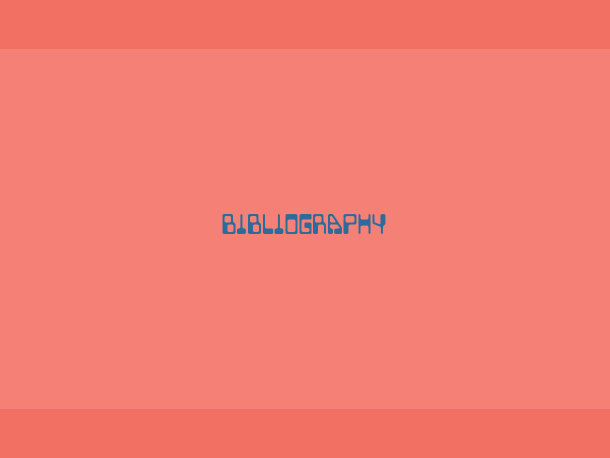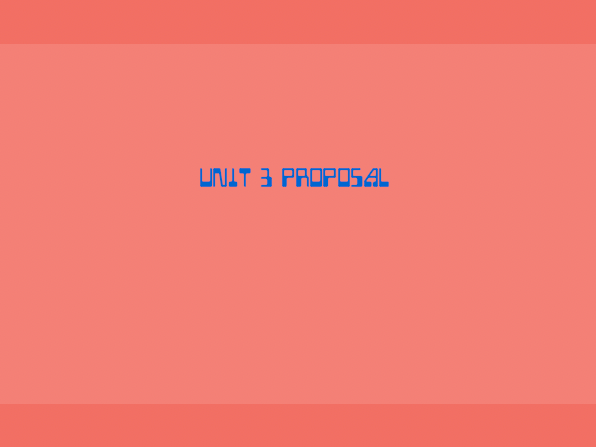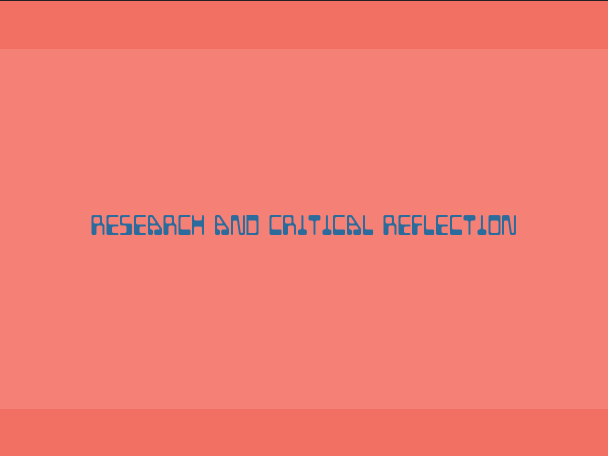Medieval manuscript research
I have always been interested in Medieval manuscripts. My undergraduate dissertation was based on a Medieval prayer book held in the British Library. My dissertation was titled ‘The Body, Space and Materiality in a Medieval English Book of Hours: British Library Egerton MS 1151’. I wanted to unite the idea of the abstracted natural form and compare this to images of the natural form in illuminated medieval manuscripts.
When embarking on this area of research it was more challenging than usual due to the coronavirus restrictions. Physically handling a medieval manuscript was not possible during this unit of work. However, I am still following with this line of research into the next unit and hopefully, with government coronavirus restrictions lifting, I will be able to handle material in person.
I contacted by email my dissertation supervisor at UCL, the Kew Gardens archive and the V&A archive for recommendations and advice in my pursuit of medieval manuscripts, with a particular focus on botanical and herbal imagery. My knowledge in this area is limited, as my previous research was centered around medieval prayer books, religion and devotion in the medieval period.

Initial email
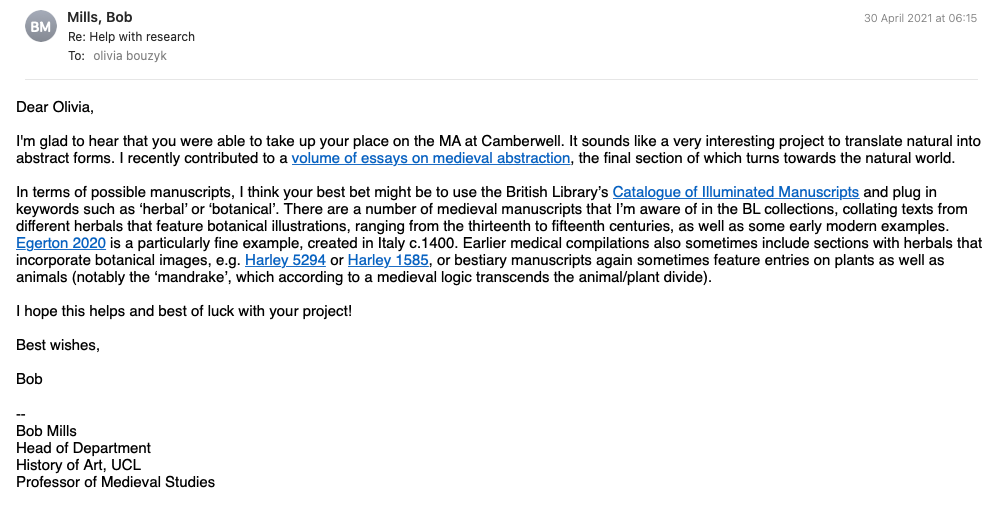
Reply to first email

Second email

Reply to second email
Following my contact with my dissertation supervisor he has pointed me towards a volume of essays that he had recently contributed to, focussing on medieval abstraction. I had to request this as an e-book from the library, but once I had access to this, I thoroughly enjoyed reading the multiple points of view and different subjects that the volume addressed. Also from his suggestions I became interested in Egerton Ms 2020, held at the British Library, although I was unable to physically handle the material; the British Library provide high quality images of the manuscript pages. The inability to handle the material did not prevent the visual influence of the herbal illuminations on my direction and progression of thoughts.

Initial email
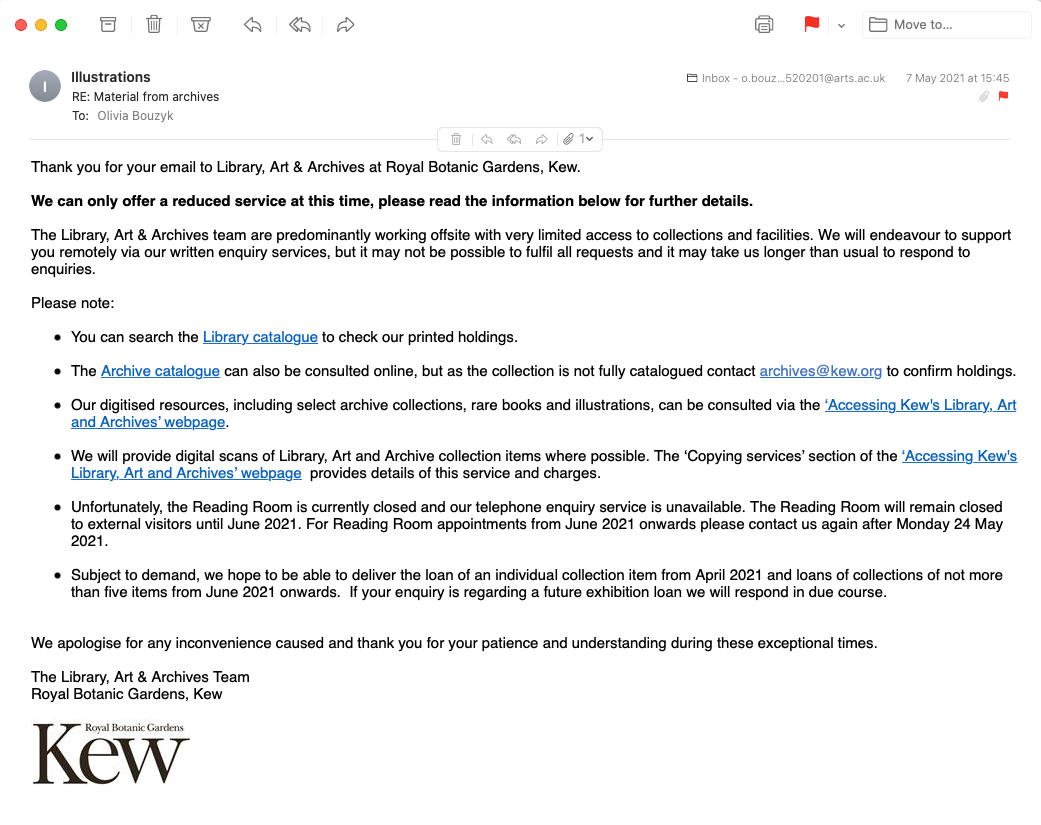
Reply to initial email
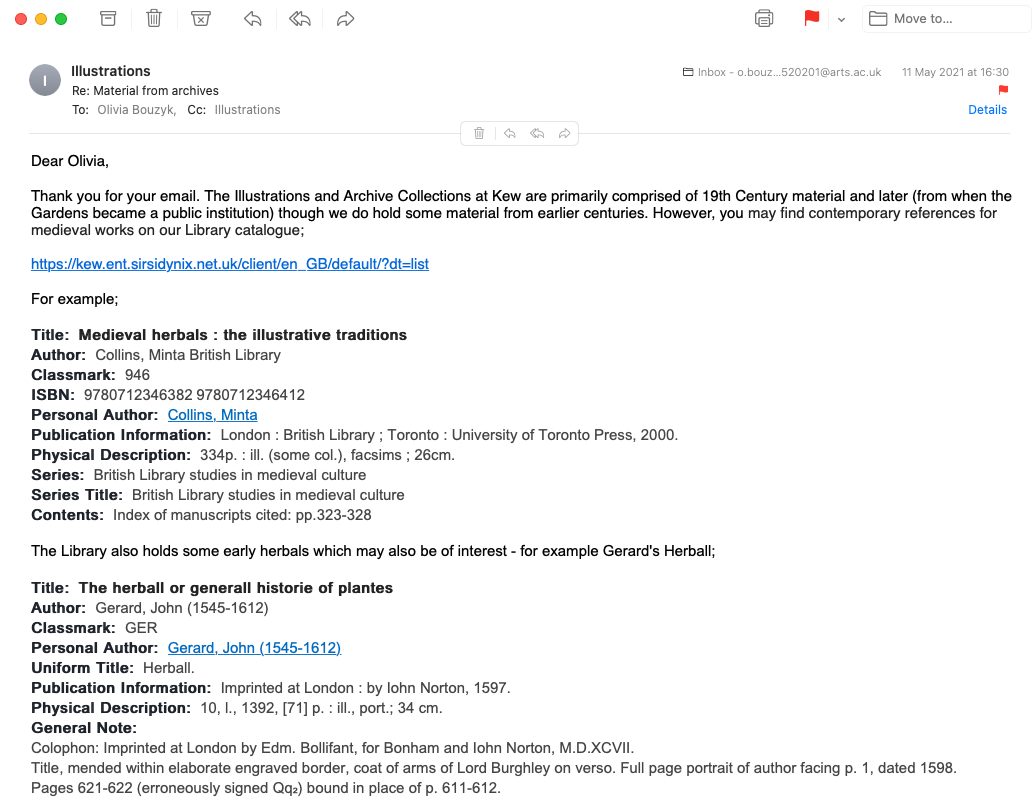
Reply to intial email

Response to reply
I approached Kew Gardens, as I knew they had a large array of botanical material. However, following my enquiry, I learnt that the archive is mainly comprised of material from 19th century and later. I am interested in accessing material from the medieval period because of the style of illumination. The flat colour and clearly defined forms resonate with my work and I want to draw parallels between the two. However, although the material may not be of desire, Kew Gardens have suggested some contemporary references for medieval works in their library catalogue, which I intend to look at. It has not been long since their response and I have not had the time to access this material, but I plan to in the next unit of work.

Initial email
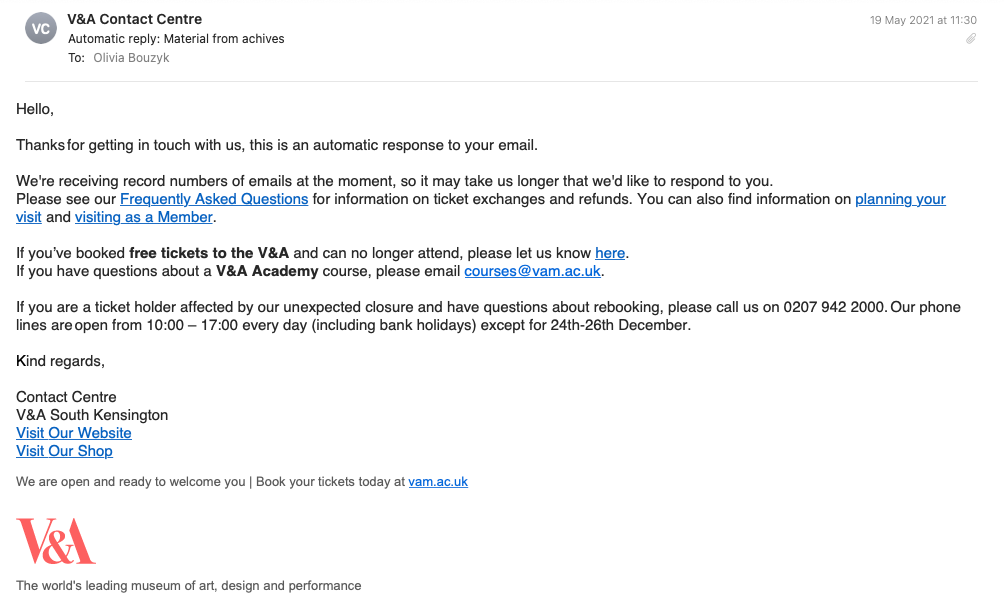
Reply to initial email
An automated response was received from the V&A following my enquiry by email. I had approached the V&A, not only because of the access to medieval material, but material from different cultures. The British Library is mainly concerned with material from Europe and my dissertation tutor was not aware of any references, but I am keen to pursue this line of enquiry. I intend to look at botanical and herbal illuminations in medieval manuscripts from alternative cultures in the next unit of work and continue with this line of enquiry.
Enquiry to UAL Camberwell library
At the beginning of this unit, I enquired at the UAL library about material on line and natural forms. I chose to email the UAL library because I knew that the focus would be around modern art. I had also asked for material on these topics in relation to the artists, Ellsworth Kelly, Henri Matisse and Patrick Heron. I was interested in researching these artists in relation to my practice. I found the response helpful because I was provided with relevant material, and I was pointed in the right direction to guide my research. I will definitely be utilising the librarians in the next unit of work.

Initial email
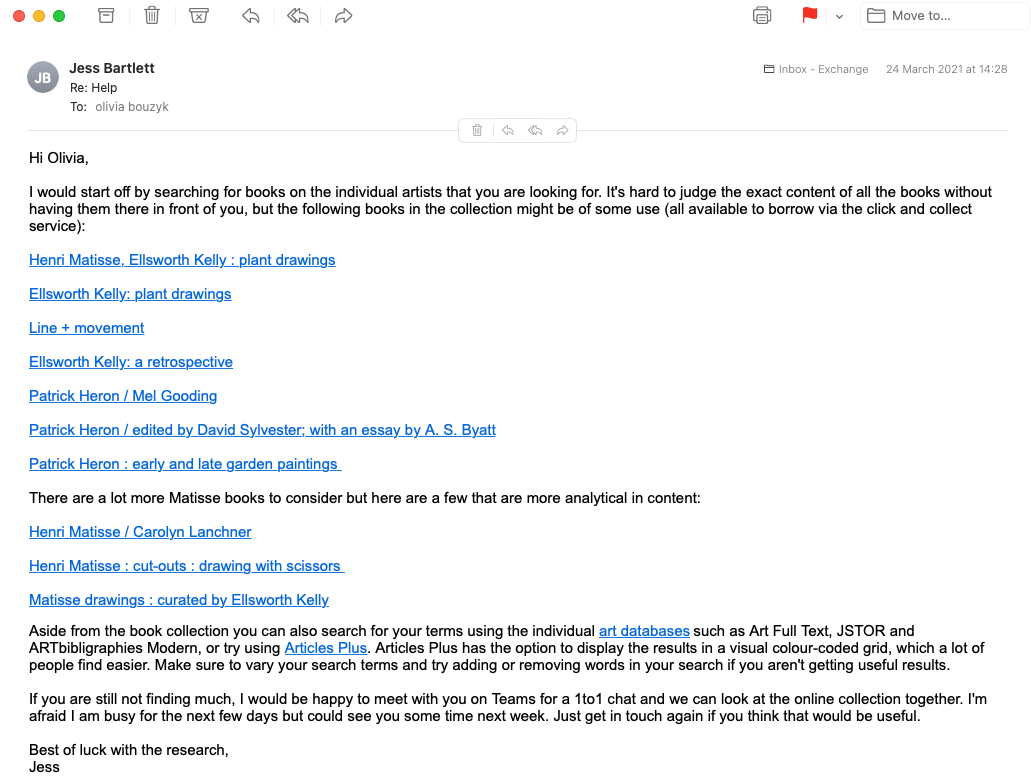
Reply to initial email
New process: etching
As part of broadening my knowledge and skills into the different types of printmaking, I infrequently go into the etching workshop on a Wednesday evening and with the help of the etching technician I learn about the basics and different processes.
Before I embarked on this MA course I had never etched before, so the process is quite alien to me. I am interested in learning the basics of this traditional process and more specifically, the range of types of images and lines which can be produced. I have only just begun these sessions, but I plan to continue with this into the next unit.
I have prepared a hard ground etching plate and I have drawn a rhubarb leaf from observation. I rarely took my needle off the plate when drawing and used the needle to experiment with different types of line, by either holding it flat against the plate or directly on the point.
I am also interested to see what unexpected marks and lines will be made, unknowingly made by myself, which result from handling the plate. Everyone handles their plates differently, and because of this subtle marks show on the print.
I will continue with this line of enquiry into the next unit of work. This process has allowed me to explore a printmaking method that I am not immediately drawn to but by learning more about the process of etching it has allowed me to express myself in an alternative mode. In order to improve this line of enquiry, I will carry out more research into the different types of images created in etching, try these out for myself and then experiment with altering these processes to express my individuality in the creation of an image.
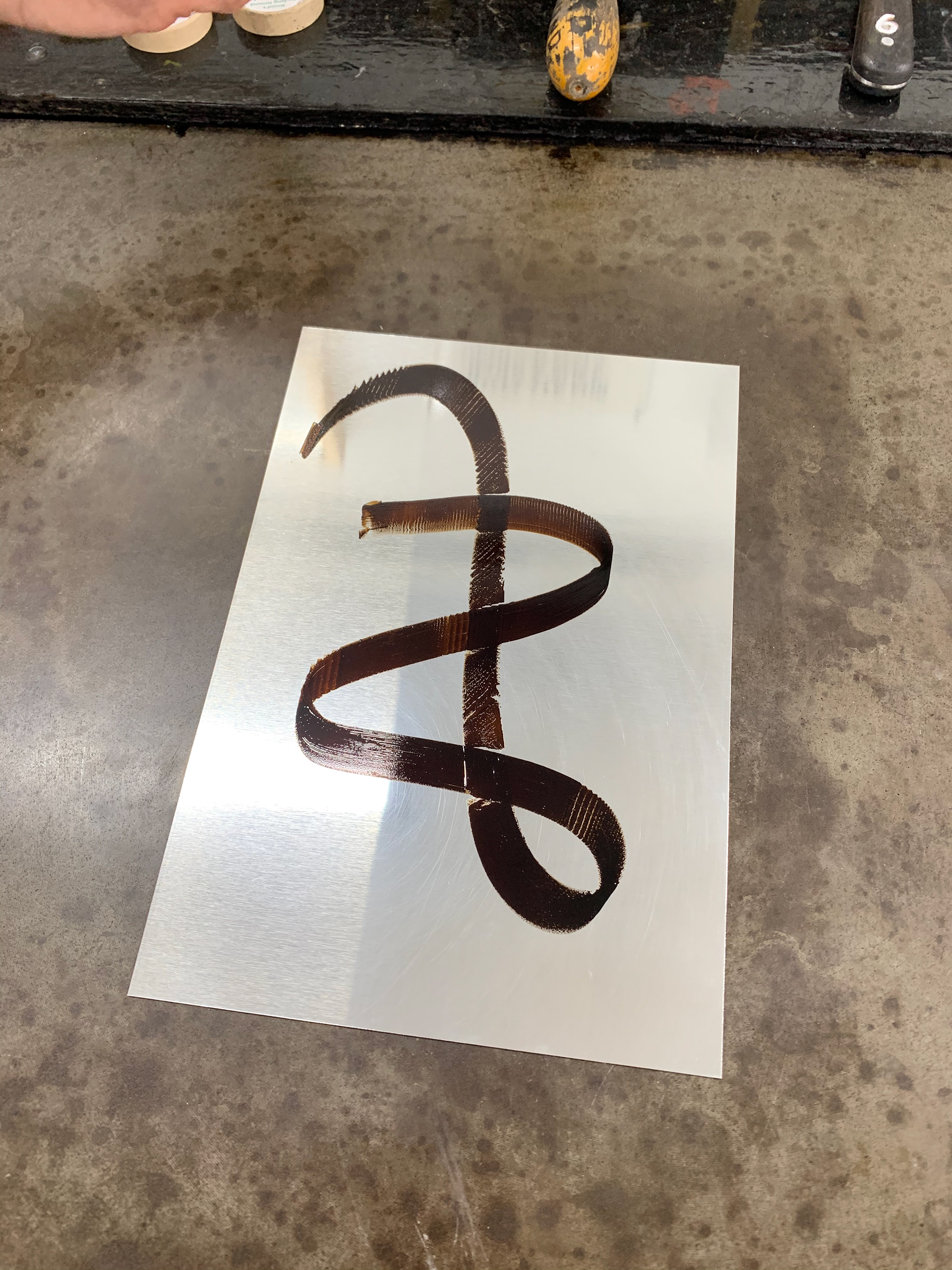
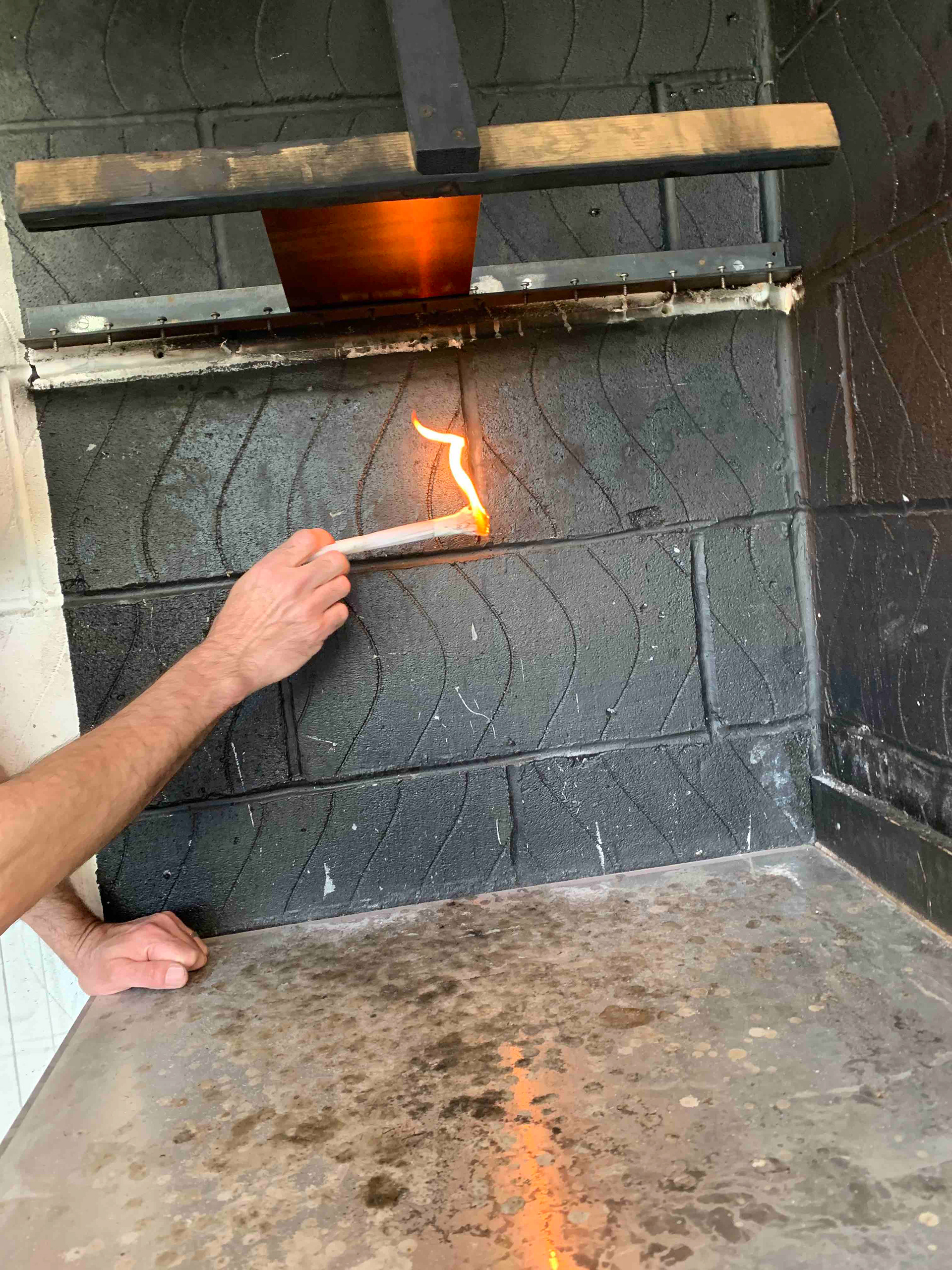

New process: analogue photography
I have borrowed an analogue camera from the loan store in the university. Previously, I had no experience with analogue photography. Light is a big part of the process and throughout my work light has always been an important factor. However, this is a different means to explore the effects of light. However, I have not had my negatives, from the colour film, developed yet. Moving forward, I want to experiment with black and white analogue photography, as the monochrome palette will emphasise the lighting even more. Additionally, I want to explore photographing in very different lighting conditions, comparing and contrasting how the camera perceives the environment to myself. Usually, when in very dark or very light environments, it is hard to capture, the environment as the viewer sees it, on a phone camera and the image and environment only exists within the viewer’s mind. The viewer has to find another means of translating the environment they were in at a specific point. The process of exploring this alternative mode of translation has led me to consider the light and effects of light much more within my work and from different perspectives, which undoubtedly affects the use of colour within my work and viewer’s perception.
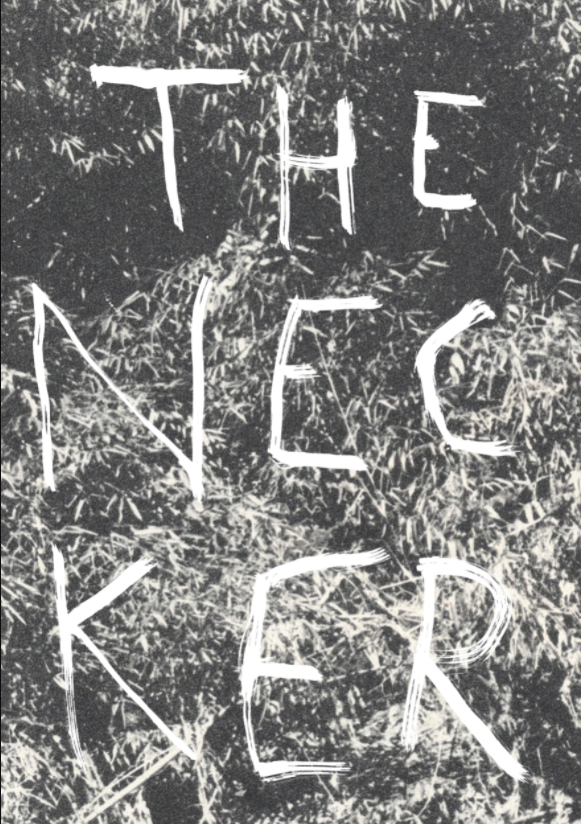
Exhibition poster
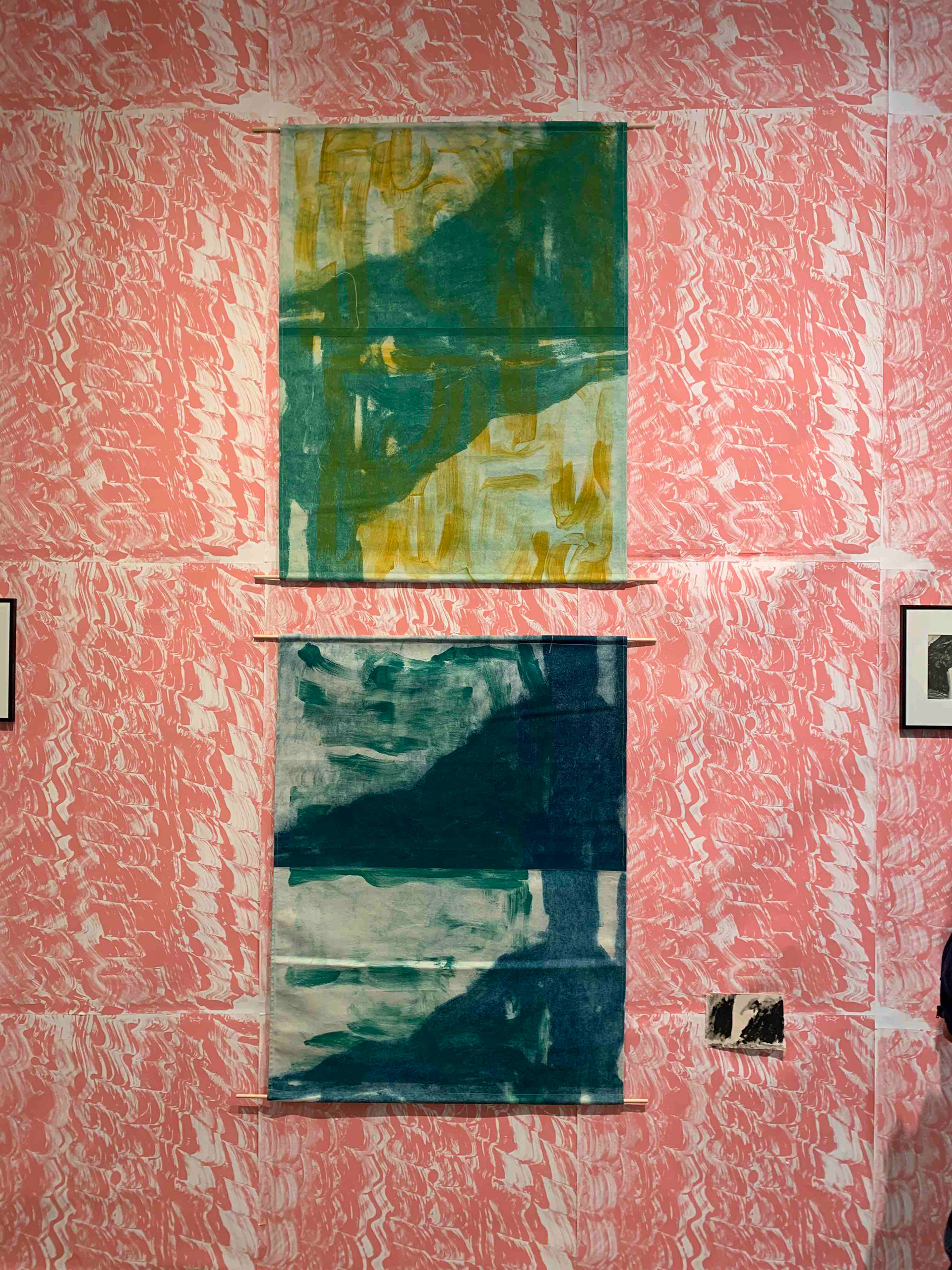
Photograph of exhibiton
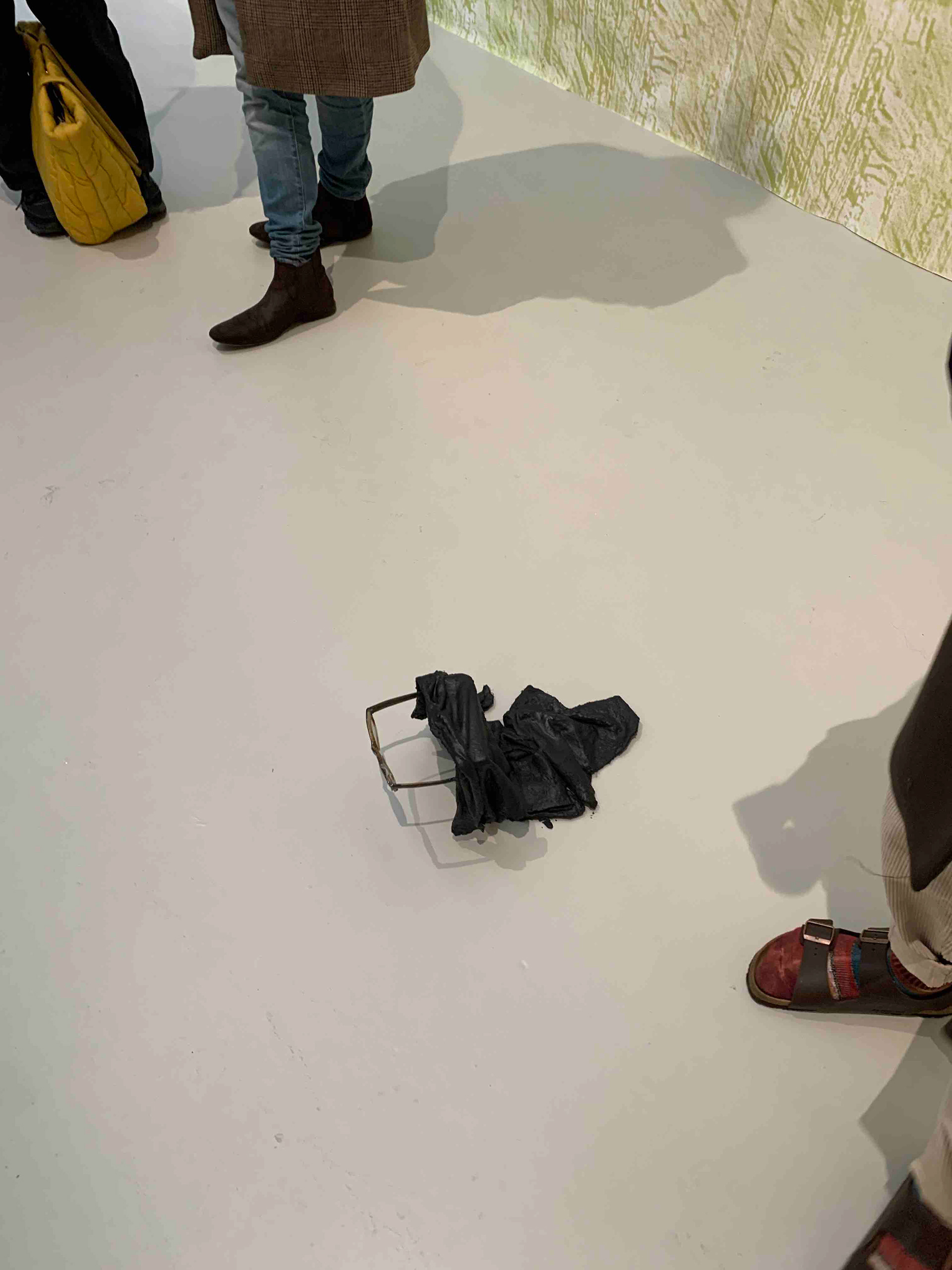
Photograph of exhibition
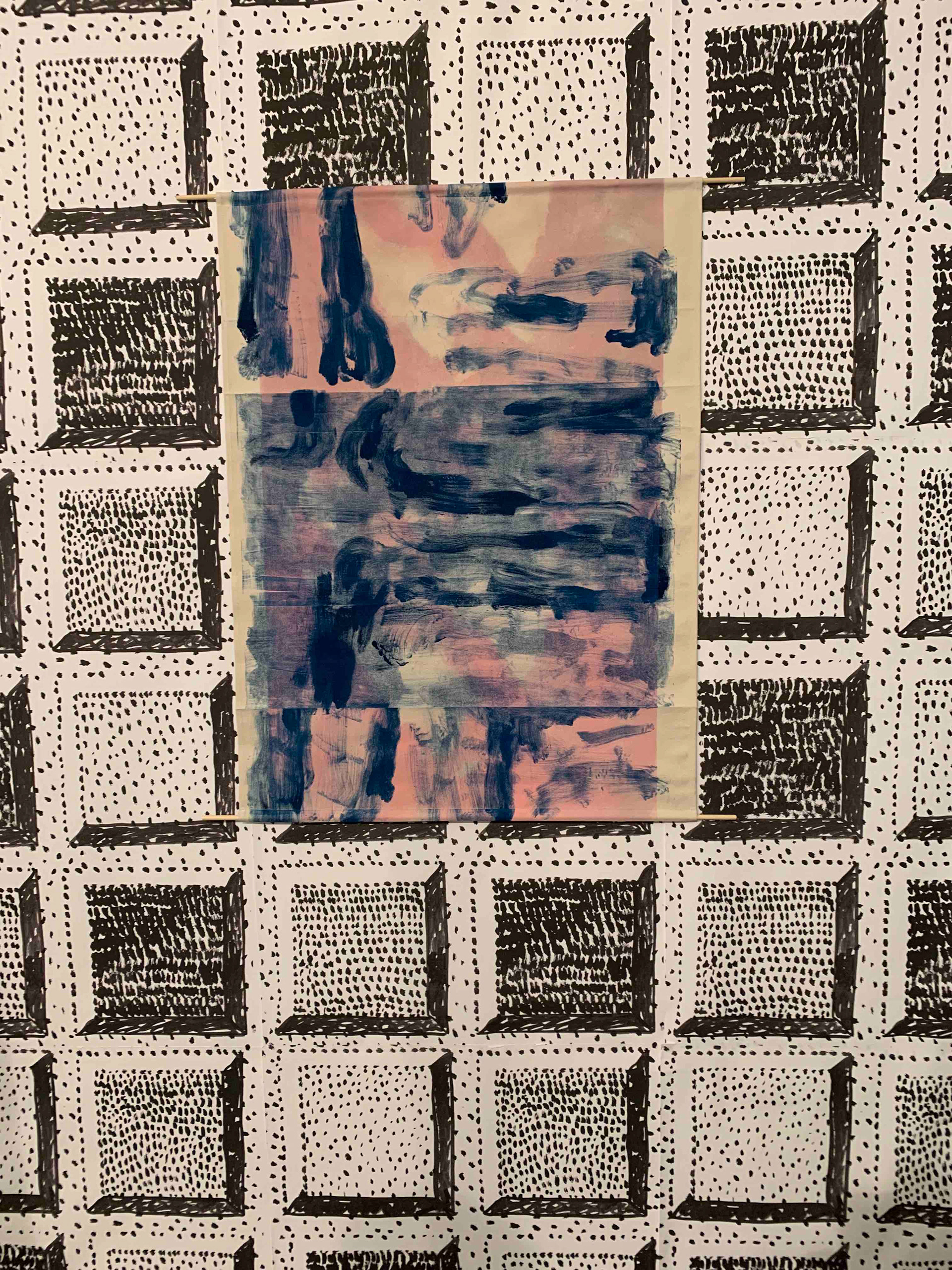
Photograph of exhibition
Collaborating with peers
Increasingly, throughout this unit of work I have been working alongside my peers, Helena and Constanza. From assisting with photography for their work, to teaching me about analogue photography, we have shared ideas and commented on each other’s work. Also, we attended ‘The Necker’, an exhibition of work by Sebastian Thomas and Isabel Wilkinson, former MA students, at the APT Gallery in Deptford. This was insightful for many reasons, but the main things I learnt from this experience, was the alternative approach to presenting work in a gallery and the use of carborundum in the work of Isabel Wilkinson. This will be something I will pursue in my evening etching classes in the future. I found working with others casually helpful in the direction of my work and providing alternative perspectives on my work. I intend to continue to work collaboratively in the next unit, especially with the help in relation to using an analogue camera but also in exploring the human form. I intend to explore line and form in relation to the human body with particular reference to it. My colleagues and peers will be my models thereby assisting to provide alternative perspectives.
